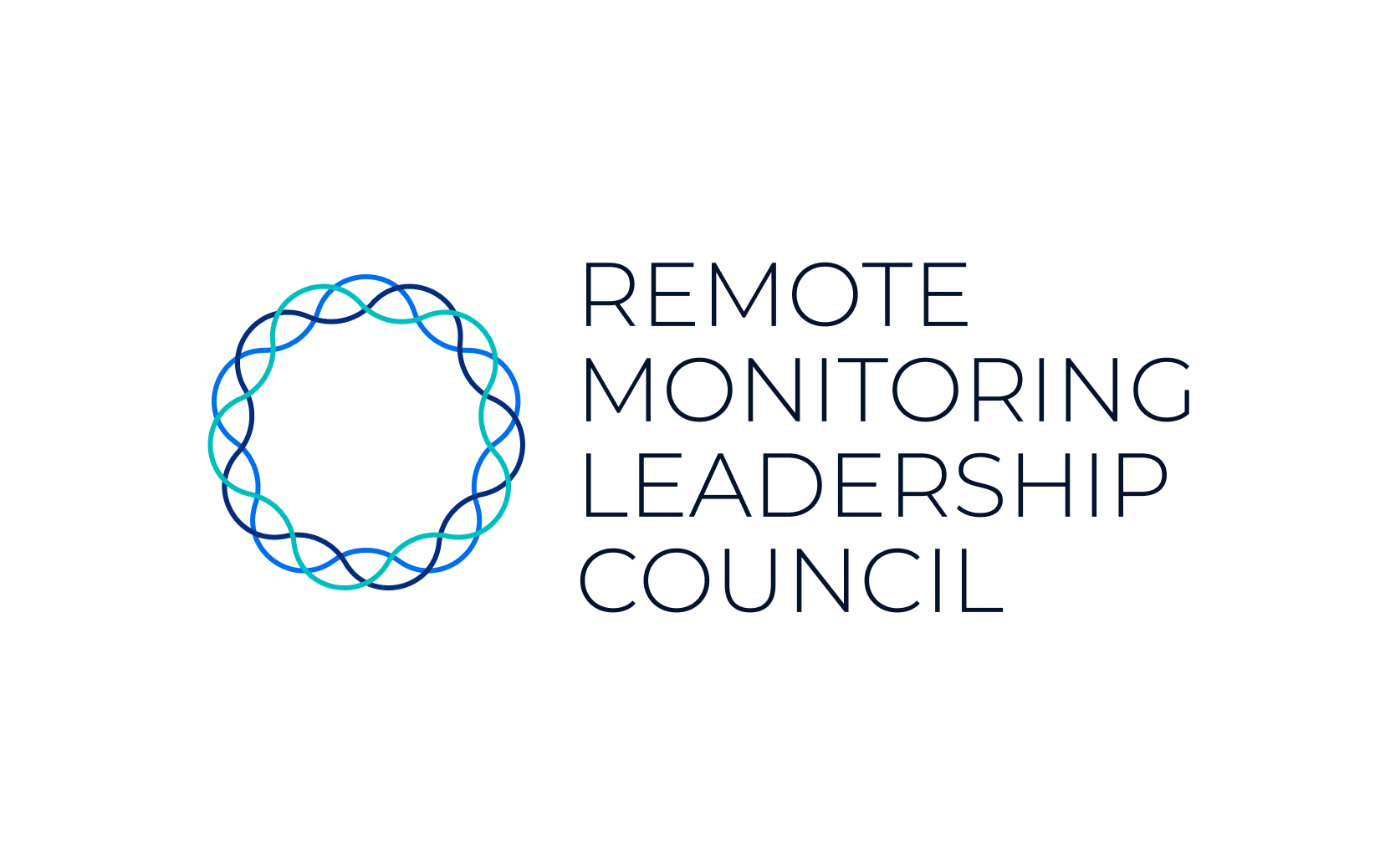Author: rpmleadershipcouncil
-
Best Buy Health: Case Study: How Geisinger Transformed Hypertension Care with Remote Patient Monitoring and Pharmacist Support
Beat Buy Health published a case study about Geisinger, a health care organization based in Danville, Pennsylvania, known for its innovative approaches to patient care. Geisinger has been offering RPM solutions through Best Buy Health’s Current Health care in the home solution since 2020. The Current Health platform provided RPM, and patients received Bluetooth-enabled blood…
-
The American Journal of Managed Care: Scaling Care Coordination Through Digital Engagement: Stepped-Wedge Trial Assessing Readmissions
A study in the American Journal of Managed Care found that using patient postdischarge digital engagement (PDDE) programs provide efficient additional touch points between patients and providers. Read more here.
-
Association of Community Cancer Centers: Digital Tools in Cancer Care, Survey Results
The Association of Community Cancer Centers (ACCC) partnered with two patient advocacy groups, DiMe and LUNGevity, to conduct the patient survey to identify challenges and benefits associated with wearable devices and other digital tools. At the same time, ACCC conducted a survey of cancer care team members to gauge provider and/or programmatic barriers to the integration of digital…
-
Journal of Medical Internet Research: Financial and Clinical Impact of Virtual Care During the COVID-19 Pandemic: Difference-in-Differences Analysis
Patients diagnosed with COVID-19 and admitted to a US military treatment facility who received virtual care (VC) and remote patient monitoring (RPM) services met 85 percent wearable adherence and no increases in 30-day readmissions or emergency department visits. Monitored patients triggered a manageable number of alarms/day for the monitoring–team-to-patient ratio. Despite only enrolling 13% of…
-
American Heart Association Journals: Telehealth After Stroke Care Pilot Randomized Trial of Home Blood Pressure Telemonitoring in an Underserved Setting
A study to test the feasibility of TASC (Telehealth After Stroke Care), a post-acute stroke care model integrating nurse-supported home BP telemonitoring, tailored infographics, and multidisciplinary team video visits, found that enhancing post-acute stroke care with home BP telemonitoring is feasible to improve hypertension in an underserved setting and should be tested in a definitive…
-
Frontiers in Endocrinology: Effectiveness of Remotely Delivered Interventions to Simultaneously Optimize Management of Hypertension, Hyperglycemia and Dyslipidemia in People With Diabetes: A Systematic Review and Meta-Analysis of Randomized Controlled Trials
A review of randomized controlled trials found that remote management significantly reduced glycated hemoglobin, total cholesterol, low-density lipoprotein cholesterol, and systolic and diastolic blood pressure. Components of the remote management interventions tested were identified as patient education, risk factor monitoring, coaching on monitoring, consultations, and pharmacological management. Read more here.
-
Journal of American Medical Association: Remote Patient Monitoring During COVID-19: An Unexpected Patient Safety Benefit
In JAMA Viewpoint, authors assess lessons learned about remote patient monitoring after the COVID-19 pandemic. The study projected that remote monitoring could potentially be associated with 87% fewer hospitalizations, 77% fewer deaths, reduced per-patient costs of $11 472 over standard care, and gains of 0.013 quality-adjusted life-years. Researchers concluded that the shift of monitoring should be…
-
American Heart Association Journals: Home Blood Pressure Telemonitoring With Remote Hypertension Management in a Rural and Low-Income Population
The 2017 American College of Cardiology/American Heart Association blood pressure (BP) guideline provides a Class IA recommendation for the use of home BP monitoring, team-based care, and telehealth strategies to improve BP control among patients with hypertension. This study aimed to evaluate the feasibility, safety, and effectiveness of home BP telemonitoring with remote hypertension management…
-
NPJ Digital Medicine: Implementation of a Multisite, Interdisciplinary Remote Patient Monitoring Program for Ambulatory Management of Patients with COVID-19
Established technology, operational infrastructure, and nursing resources were leveraged to develop a remote patient monitoring (RPM) program for ambulatory management of patients with COVID-19. Among all 7074 evaluated patients, the RPM technology engagement rate was 78.9%. Rates of emergency department visit and hospitalization within 30 days of enrollment were 11.4% and 9.4%, respectively, and the…
